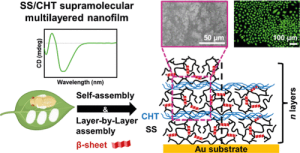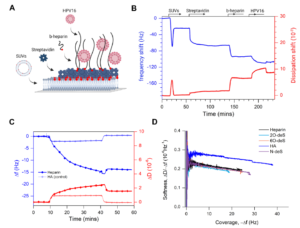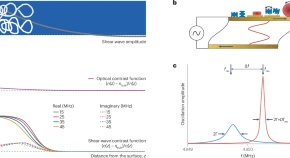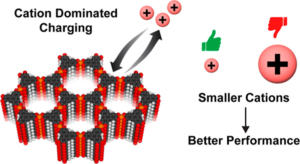Silk Sericin/Chitosan Supramolecular Multilayered Thin Films as Sustainable Cytocompatible Nanobiomaterials
Authors: Miguel Rosas, Cristiana F. V. Sousa, Ana Pereira, Adérito J. R. Amaral, Tamagno Pesqueira, Sónia G. Patrício, Sara Fateixa, Helena I. S. Nogueira, João F. Mano, Ana L. Oliveira, and João Borges
Journal: Biomacromolecules
 Abstract: Silk sericin (SS) has been widely discarded as a waste by the silk textile industry during the degumming process to obtain fibroin. However, in the past decade, an in-depth understanding of its properties and functions turned it into a high added-value biomaterial for biomedical applications. Herein, we report the molecular design and development of sustainable supramolecular multilayered nanobiomaterials encompassing SS and oppositely charged chitosan (CHT) through a combination of self-assembly and electrostatically driven layer-by-layer (LbL) assembly technology. The successful buildup of SS/CHT multilayered nanobiomaterials was demonstrated by the quartz crystal microbalance with dissipation monitoring and attenuated total reflectance-Fourier transform infrared spectroscopy, and the nanofilms’ wettable properties and nanofibrillar-like topography were shown by water contact angle, atomic force microscopy, and scanning electron microscopy. In vitro assays demonstrated the cytocompatibility of the LbL nanofilms toward human primary dermal fibroblasts, holding great promise as biofunctional nanocoatings for drug/therapeutics/cell delivery, tissue engineering, and regenerative medicine.
Abstract: Silk sericin (SS) has been widely discarded as a waste by the silk textile industry during the degumming process to obtain fibroin. However, in the past decade, an in-depth understanding of its properties and functions turned it into a high added-value biomaterial for biomedical applications. Herein, we report the molecular design and development of sustainable supramolecular multilayered nanobiomaterials encompassing SS and oppositely charged chitosan (CHT) through a combination of self-assembly and electrostatically driven layer-by-layer (LbL) assembly technology. The successful buildup of SS/CHT multilayered nanobiomaterials was demonstrated by the quartz crystal microbalance with dissipation monitoring and attenuated total reflectance-Fourier transform infrared spectroscopy, and the nanofilms’ wettable properties and nanofibrillar-like topography were shown by water contact angle, atomic force microscopy, and scanning electron microscopy. In vitro assays demonstrated the cytocompatibility of the LbL nanofilms toward human primary dermal fibroblasts, holding great promise as biofunctional nanocoatings for drug/therapeutics/cell delivery, tissue engineering, and regenerative medicine.



 Abstract:
Abstract: 

 Abstract:
Abstract: 

